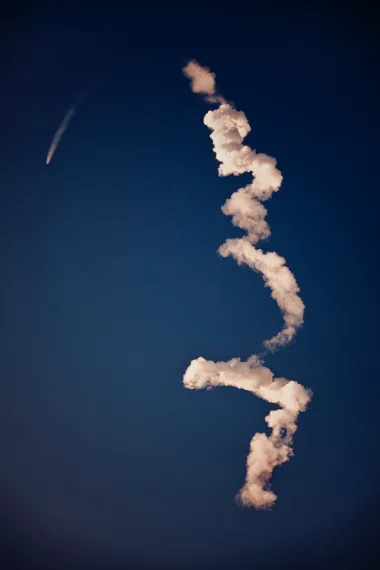Last Updated on May 26, 2023 by Ecologica Life
The majority of Europe’s recognised winemaking regions may be threatened in the coming decades by climate change.
A new study published in Global Change Biology has suggested there could soon be a loss of suitable wine regions in Europe due to climate change. The results of the study show that if we can limit the temperature increase to 2ºC above industrial levels then only about 8% of Europe’s wine making regions will be lost. For every degree increase above 2ºC an additional 17% of Europe’s suitable wine regions will be lost.
The study suggests that as some suitable wine regions are lost. Some other new regions may emerge and moving grape varieties to these regions can help compensate for the loss. However, these strategies will be mostly effective if we keep below the 2ºC limit. Above this limit it will be increasingly difficult to compensate for the loss of suitable wine regions.
Europe is a Major Producer of High-Quality Wine.
Europe is the world’s largest wine-producing continent. With 45% of the world’s wine-growing surface area, 65% of the worlds wine production, 60% of the world’s consumption, and 70% if the world’s exports. In 2021, Italy, France and Spain alone produced almost 80% of the wine in the EU and about 45% of wine globally. The EU wine industry employs over 100,000 individuals with a market size with €41billion per annum.
Why are Europe’s Wine Regions Under Threat?
What determines whether a crop is viable for a given region are primarily the climate conditions of that region. This is particularly true of the winemaking industry, as climate conditions dictate the degree to which a particular grapevine variety is acceptable for a particular site as well as the year-to-year yield, vintage quality, and value.
The factors that affect wine production include temperature, solar radiation, precipitation, humidity, wind, and evapotranspiration. The researchers of the study state that temperature is arguably the most important. This means that as temperature increases, many regions that are now suitable for wine production will become unsuitable.
The International Organisation of Vine and Wine production noted that 2021 world wine production was at a historical low. With Italy, Spain and France producing significantly less wine than 2020. Although some regions produced bigger harvests such as Germany, Portugal, and Romania. The Southern Hemisphere also produced slightly more wine although the increases in wine seen in these regions was not enough to compensate world wine production loss. This also correlates with the fact that the world has warmed 1.1ºC since pre industrial levels.
How Can Vineyards Be Saved
Mitigating the effects of climate change will be the single best way to preserve wine production both in Europe and worldwide. Unfortunately, the conclusions from the climate summit COP27 do not paint a bright future. World leaders and corporations have yet to outline a solid plan to phase out the use of fossil fuels. Something that will need to be done if we are to stay below the 2ºC threshold.
Aside from being a beverage than many people enjoy with their meal. Red wine is high in antioxidants such as resveratrol. Moderate consumption of red wine has been linked with decreased risk of:
- Cardiovascular disease
- Atherosclerosis
- Hypertension
- Certain types of Cancer
- Type 2 diabetes
Now more than ever, humanity needs to make a change. This change needs to be global and coordinated. This is the best option for us to save crops such as vineyards. We need to push leaders to take more drastic action at the next climate summit COP28.
What do you think of this article? Leave us a suggestion








